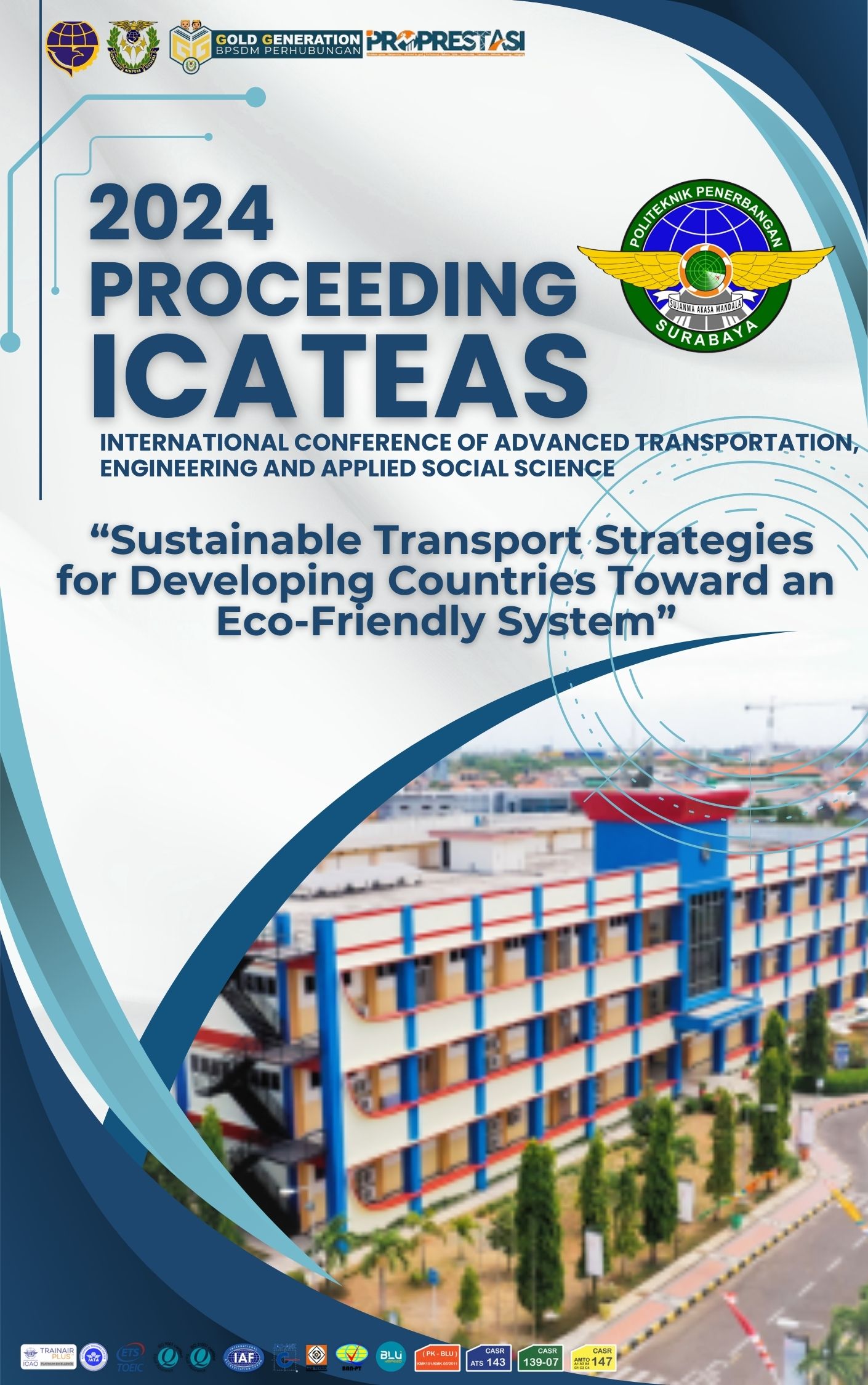DEVELOPMENT OF IOT-BASED HUMAN MACHINE INTERFACE FOR OPERATIONAL CONTROL AT MUTIARA SIS AL JUFRI PALU AIRPORT
DOI:
https://doi.org/10.46491/icateas.v3i1.2009Keywords:
Airfield Lightning System, Internet of Things, black box, Thinger.ioAbstract
The results of a literature study at Palu's Mutiara Sis Al Jufri Airport are that daily electrical power monitoring has not been carried out optimally. So expenditure on electrical power is still very high. Therefore, the research objectives were (1) to understand how to design and build an IoT-based Airfield Lightning System control and monitoring, (2) to know how to operate an Internet of Things-based Airfield Lightning System control and monitoring. The research method used for this research is research and development, namely developing existing research and adding additional features that are not yet available. The testing technique used is the black box technique. The results of this research are that it can control IoT-based Airfield Lightning Systems such as CCR systems at airports. This research can also monitor the Dimmer output voltage and current which has been adjusted at each step. The circuit used is a parallel circuit. For programming it comes from the Arduino IDE application and for monitoring it uses the Thinger.io platform. The Airfield Lightning System areas designed are lights on the Runway, Taxiway, Apron and PAPI. The components used are the NodeMCU ESP8266 microcontroller, Relay, PZEM-004T, Dimmer, and Terminal Block. The advantage of this design is that it can monitor current and voltage without needing to go directly to the runway, thereby saving technician time and energy. The weakness of this research is that it cannot work interlocked for each step change, it must be done manually and it cannot monitor the output of each load. And to be able to monitor the output voltage one by one by adding PZEM-004T for each load output and NodeMCU ESP8266. With these suggestions, it is hoped that they can be developed for further research


